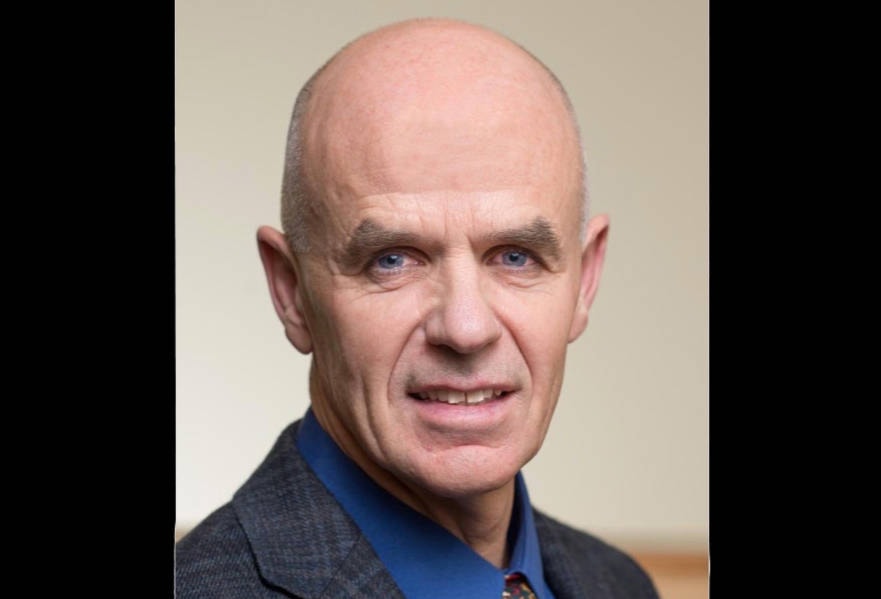Quesnel Mayor Bob Simpson told the Nov. 21 council meeting there was a substantial discussion about timber losses at the Nov. 17 Cariboo Regional District meeting.
He noted West Fraser Mills Ltd. (Jeff Mycock, chief forester B.C. Operations), Tolko Industries Ltd. (Tom Hoffman, external and stakeholder relations manager), and Forests, Lands and Natural Resource Operations & Rural Development all made presentations.
“They are starting to get more discreet information about areas and where potential salvage might or might not be.”
In the Quesnel Timber Supply area, the mayor said it does not look like there’s a lot of salvage opportunity.
“The fire ran hot, plus it was an already infested area, so there was a lot of mountain pine beetle dead timber.
“It’s not like Williams Lake and 100 Mile House where there were some close fire areas that were attacked pretty fiercely [that now has] a mix of green and burnt wood.
“Our impact here is negligible in terms of salvage in the fire area.
“What is important to us, and it’s part of what we have to do as a council, is the fuel mitigation work to be done particularly in the forest between the Plateau Fire and the Fraser River.
Simpson said there is a lot of work to be done that could provide some salvage opportunities and some timber as they go in and do fuel management treatments.
The mayor added he and city manager Byron Johnson met with some consultants with C&C Wood Products on that subject.
Noting Quesnel has its own Wildfire Protection Plan process in play, Simpson said it’s hoped the city would be able to get some UBCM funding to do fuel treatment in the wild land/urban interface.
“There seems to be some incremental fibre that can come over and above the fuel management treatments for protecting our whole community.”
Councillor Ron Paull told the mayor he was surprised the forest companies are claiming there’s little or no salvage potential.
“Who makes that judgment call?”
Simpson replied it would be the chief forester for West Fraser Timber, the forester from Tolko and the local district manager who is also a forester.
“It begs the question of if there’s a lot of charred fibre out there,” Paull responded. “If that wasn’t removed or dealt with, that would mitigate any problem for reforestation. I wonder how we get to that point.”
The mayor said there was a fundamental difference between [reforesting and] rehabilitating sites; nobody is saying the sites don’t need to be rehabilitated.
“It’s whether or not there are commercially viable opportunities to salvage saw-log value timber out of the stands.
“Tom Hoffman estimates maybe 30 per cent of the burnt area has some commercially viable salvage opportunities and [Jeff Mycock] said he thought it was 20 per cent in the central and south area.
“But in the Quesnel area, you need a lot of timber to marshal all of that horsepower to go out and do an actual logging show. It can’t be drips and drabs all over the place. You have to collect it together and then what you can get is desiccated [very dry] wood that breaks in the saws when it comes in, so that what they’re talking about.”
Simpson explained the big companies aren’t talking about one or two trees that are charred and have some white wood in them because it could also be a dead tree that’s going to dry out by the time they get it to the mill.
“They’re not saying they’re going to walk away from rehabilitation. It’s about how those sites are rehabilitated.”
